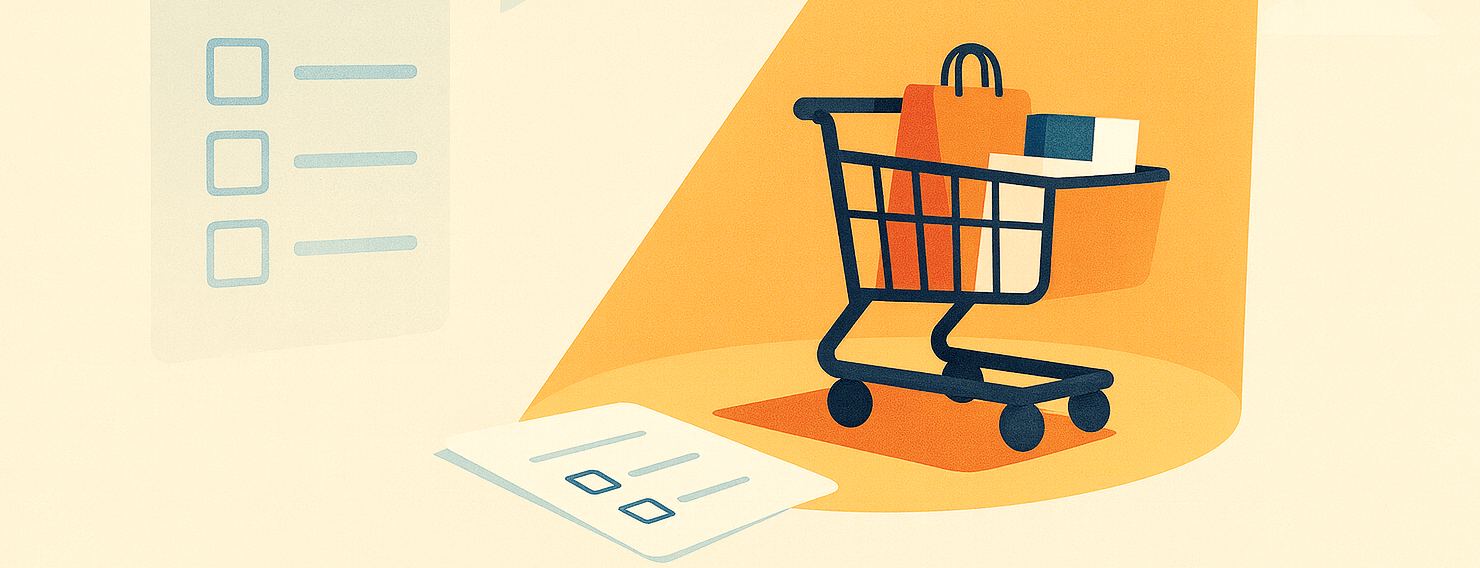Table of Contents
Brands love to measure everything, especially survey response rates. After all, if you don’t hear back from customers, how can you know what’s really going on? But what about the people who don’t hit reply?
Most brands simply write them off as “lost data”. But silence isn’t just an empty space, it’s telling you something. Survey nonresponse is still feedback; it’s just feedback in disguise. Those skipped questions and unopened survey emails often carry signals about timing, relevance, or even satisfaction levels. The challenge (and opportunity) is learning how to interpret that silence instead of ignoring it.
Key Takeaways
- Silence is a signal. Brands that decode it will outpace those who only chase higher response rates.
- Nonresponse can stem from friction (long surveys, bad timing), emotions (distrust, indifference, frustration), or technical barriers (spam filters, mobile UX).
- Silence means different things for different segments: new customers may signal onboarding friction, while repeat buyers going quiet can point to loyalty risks.
- Cross-check nonresponse with behavioral data (carts, purchases, browsing) and cohorts (AOV tiers, demographics) to uncover deeper insights.
- Use gentle reminders, shorter formats, and better timing/placement to re-engage customers, and respect silence by offering opt-outs.
- Patterns of silence can expose survey design flaws, highlight weak points in the customer journey, and even predict churn.
Why Survey Nonresponse Happens in Ecommerce
So why do so many shoppers ghost your surveys? It’s not always because they don’t care, it’s usually because of the little hurdles along the way.
Friction points are the most obvious. If you send a long survey right after checkout, when all the customer wants is a shipping update, you’ve already lost them. Add in a wall of questions or clunky forms, and survey fatigue kicks in fast.
Then there are the emotional drivers. Some people don’t respond because they don’t feel it’s worth their time. Others worry nothing will change anyway, so why bother? And in some cases, silence is frustration. They had a poor experience, but don’t feel safe voicing it.
And of course, we can’t forget the technical stuff. Emails land in spam folders. Surveys load slowly on mobile. Buttons are too tiny to tap. Every second of friction on a small screen increases the odds that a customer just bails.
In other words, nonresponse doesn’t happen in a vacuum. It’s usually pointing to a reason, whether that’s bad timing, lack of trust, or a clunky survey experience. Understanding why they didn’t answer is the first step in interpreting survey silence.
The Hidden Signals in Silence
Silence might look like nothing, but in reality, it often tells you more than the answers you do get. The trick is to zoom in on who is staying quiet and when.
Take new customers. If they ignore your very first survey, it could be a sign that your onboarding isn’t clicking. Maybe your welcome flow feels overwhelming, or maybe they just haven’t built enough trust yet to bother giving feedback. That silence is a little flag that something in those first impressions might need work.
Now, think about repeat buyers. These are the folks who should be the easiest to engage, they’ve shopped with you before. If they start ignoring your feedback requests, it might mean their enthusiasm is slipping. They could be satisfied but not delighted, or worse, sliding toward indifference. Silence here is worth investigating, because loyalty can quietly erode before churn ever shows up.
Then there’s the behavioral side of silence. Sometimes, your most frustrated customers won’t fill out a survey, they’d rather just leave. These are your silent Detractors, and ignoring them can be costly. On the flip side, you might also have silent Promoters – shoppers who love your brand but don’t feel the need to say so. They’re happy, but they won’t go out of their way to click through a survey.
That’s why silence in ecommerce CX isn’t one-size-fits-all. Context is everything. Not all nonresponse is bad, but all nonresponse is meaningful once you know how to read it.
Interpreting Silence with Data & Segmentation
Silence on its own doesn’t tell the full story, you need context. That’s where your ecommerce data steps in. By layering behavioral signals on top of survey nonresponse, you start to see what that quiet really means.
Start with behavioral cross-checks. Did the customer who skipped your survey also abandon their cart last week? Have they stopped buying as frequently as they used to? Are they still browsing but never checking out? Looking at silence alongside actions gives you a much richer picture.
Then move to cohort analysis. Compare responders vs. nonresponders across different groups – demographics, average order value tiers, or even acquisition channels. You might discover, for instance, that your VIP shoppers are actually the least likely to answer surveys. That’s a red flag, because these are the customers you can’t afford to lose.
Here’s a simple but powerful example: imagine a group of high-value buyers who suddenly go quiet on your surveys. If they’re also showing reduced purchase frequency, that silence is more than just skipped feedback. It’s definitely an early warning of disengagement. Spotting that pattern quickly could mean the difference between saving a loyal customer or losing them for good.
When you combine nonresponse patterns with customer data, you stop seeing silence as a dead end and start using it as a signal for smarter CX decisions.
Smart Follow-Ups: Turning Silence into Strategy
Once you’ve spotted the patterns, the next step is to act on them. Silence doesn’t mean you’re out of options, it just means you need to get smarter with your follow-ups.
Start with gentle reminders. Instead of blasting another identical email, try mixing up the channel. A quick SMS nudge or an in-app survey message can feel more natural and less like spam. Timing matters here, too. A reminder that lands right after a customer uses your product is far more likely to get attention than one that shows up days later.
Experiment with alternative formats. Not everyone wants to slog through a 10-question survey. For some, a simple one-click “How did we do?” rating is enough. You can always follow up with those who respond for deeper insights, but that initial low-effort entry point captures feedback you’d otherwise lose.
Think about where you ask, too. A survey link on the post-purchase confirmation page might grab customers while they’re still engaged, whereas a delayed email could feel like an afterthought. Context is everything. Catching people in the right moment can turn silence into a quick response.
And here’s the big one: close the loop even with nonresponders. If someone consistently ignores your surveys, give them an easy opt-out option or at least acknowledge that silence. It signals respect for their time and shows you’re listening, even to their lack of response. Sometimes, just recognizing their choice not to engage can actually rebuild trust.
The bottom line is that turning silence into strategy is about making feedback feel easy, relevant, and optional so customers don’t tune you out completely.
From Nonresponse to Growth Opportunities
Silence might feel like a dead end, but it’s actually one of the most underrated growth signals in ecommerce. When you look closely, nonresponse patterns often highlight flaws in your survey design. Maybe the questions are too long, too generic, or simply not relevant to the buyer’s journey. Each skipped survey is a clue pointing to what’s not working.
Silence can also shine a light on bigger CX issues without customers ever saying a word. If a large portion of shoppers consistently ignore surveys after delivery, it could mean their post-purchase experience isn’t strong enough to inspire engagement. On the other hand, if silence clusters around first-time buyers, it may suggest your onboarding needs work.
The insight here is simple: treat silence as an opportunity, not as lost data. By decoding nonresponse, you can refine your surveys, improve customer journeys, and even spot retention risks before they show up in your churn metrics. In other words, silence is a different kind of feedback waiting to be understood.
Conclusion: Listening Beyond the Words
In ecommerce, survey nonresponse isn’t a void, it’s a signal. Every unanswered survey is quietly pointing to something, whether it’s survey fatigue, timing issues, or deeper CX gaps.
The key takeaway? Brands that learn to decode silence gain an edge over competitors who only chase response rates. Instead of focusing on the percentage of responses alone, the real win comes from understanding what the silence says about your buyers’ experience.
So here’s your next step: take a closer look at your nonresponders and start interpreting silence as feedback. Once you do, you’ll find that the quietest customers often have the most to teach you.


































 Christina Sol
Christina Sol 




 Greg Raileanu
Greg Raileanu 